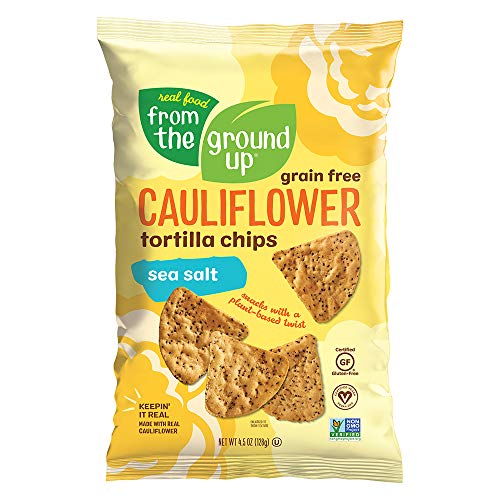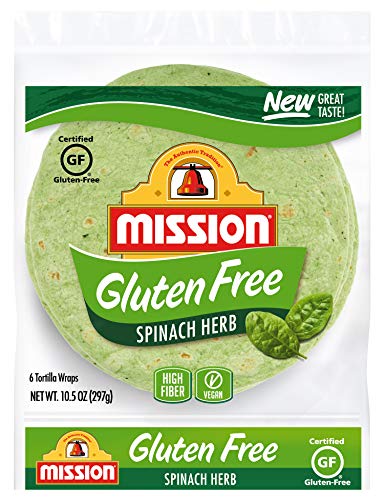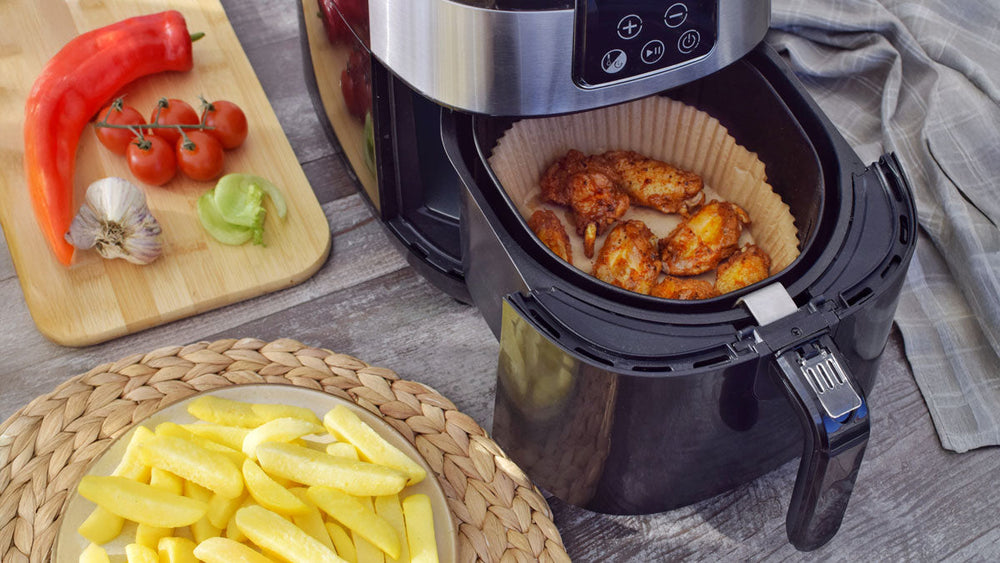You have probably met someone who has experienced food poisoning in their lifetime.
1 in 6 people in the U.S.--roughly 48 million--develop a foodborne intestinal infection annually, and according to a 2018 systematic review and meta-analysis in Gastroenterology, about 1 in 9 of these individuals develop post-infectious irritable bowel syndrome (PI-IBS).
PI-IBS is most strongly associated with protozoa/parasitic and bacterial infections, although viral infections are also a risk. Some of the major associated microbes are:
- Giardia lamblia
- Campylobacter jejuni
- Salmonella enterica
- Shigella sonnei
- Escherichia coli O157:H7
- Norovirus
Major foodborne illness sources are raw and undercooked animal proteins such as meat, eggs, poultry, seafood, fish, and dairy. However, untreated water is also hazardous, and any food including fruits and vegetables can be cross-contaminated and cause foodborne illness.
Bottom line: Sloppy home food safety standards could turn IBS recovery into a futile, pricey treatment-reinfection cycle.
The CDC’s Four Steps to Food Safety are Clean, Separate, Cook, and Chill--and it is definitely worth exploring the best practices and resources they have on Foodsafety.gov and their own 10 Dangerous Food Safety Mistakes, which covers key basics. These are especially important if you are new to food safety, have IBS, or are preparing food for elderly adults, young children, or others at high risk of severe foodborne illness.
Here are 7 common and easy-to-miss IBS food safety mistakes that I see in gastrointestinal nutrition practice, and what to do instead:
#1- Mistake: You cook animal proteins until they look like they might be done.
Err too low, and you increase your food poisoning risk. Err too high, and you’ve overcooked the priciest part of your meal.
Instead: Cook food to the correct internal temperature using a food thermometer. Foodsafety.gov offers a convenient guide to safe minimum internal temperatures. Food thermometers range from $5-110, so there is one out there for every budget. If you have the margin, look for a leave-in digital food thermometer with temperature alarms and a magnet or stand to hold the display outside the oven. With these, you do not need to open the oven for temperature checks during cooking--or guess during rest. And a bonus: you can set temperature alarms to cook your proteins perfectly every time.
#2- Mistake: You use a smelly sponge.
Or basically, any discolored, old, or moldy sponge--or poorly maintained dish towel or brush. Any of these can harbor and spread microbes.
Instead: Wash, sanitize, and replace your sponge frequently. Check out more countertop and sponge food safety tips from Dietitian Ester Ellis at Eatright.org.
#3- Mistake: You wash your reusable water bottle, drinking glass, or mug when it looks dirty, maybe once a week.
Yes, the water may be filtered, but your mouth is not. Waiting until you can see the build-up of scum and microbes that are normally invisible to the naked eye is far, far too long.
Instead: Wash your beverage vessels every day with warm water and soap--this includes all removable gaskets and straws that could harbor microbes. Be honest and replace vessels with straws or gaskets that you will not thoroughly clean with something simpler (something like this Contigo bottle without a straw or gasket). Don’t forget to purchase the right size cleaning brushes for your vessels of choice (and clean and sanitize these regularly, too).
#4- Mistake: You prep and portion food for the whole work week and store the leftovers in your refrigerator.
Seems like a win, looks like a win…but prepared food leftovers should only be stored in the refrigerator for 3-4 days. Refrigeration slows down but does not stop the growth of microbes, and by day 5, your lovely meal prep could send you home in time for a weekend of quality time with the porcelain throne.
Instead: Use your freezer- not your fridge- for food you prepared for day 4 and beyond. For the best way to store different types of foods, check out the cold food storage chart from Foodsafety.gov.
#5- Mistake: You play with, cuddle, and feed your pet just before or while you eat without washing in between.
Dogs, cats, and other pets harbor microbes that you do NOT need near your food or in your gut.
Instead: Wash your hands after touching any pet, pet treats, or pet food. After you wash, you must resist the puppy dog's eyes before and during meal time. A dog crate at mealtime can help make this easier for families with snuggly, mischievous, or high-energy pups. Do NOT allow pets on the table--their paws go places you do not want near your plate.
#6- Mistake: You leave food out too long.
Leaving food out too long means its temperature stays in the “Danger Zone” of 40℉ to 140℉ where a high bacterial growth rate for too long and the leftovers could become hazardous.
Instead: Only serve what will be consumed, and promptly store leftovers in the refrigerator or freezer. Discard prepared food left out for 4 hours.
#7- Mistake: You wash your poultry.
When you run poultry or meat under the faucet, tiny droplets with microbes can splash around your kitchen surfaces.
Instead: Don’t wash your poultry. This keeps the problematic microbes contained to where they will be killed by cooking to the proper temperature.
- Klem, F., Wadhwa, A., Prokop, L. J., Sundt, W. J., Farrugia, G., Camilleri, M., Singh, S., & Grover, M. (2017). Prevalence, Risk Factors, and Outcomes of Irritable Bowel Syndrome After Infectious Enteritis: A Systematic Review and Meta-analysis. Gastroenterology, 152(5), 1042–1054.e1.
- Centers for Disease Control and Prevention. (2023, January 24). How to prevent food poisoning. Centers for Disease Control and Prevention. Retrieved February 16, 2023.
- Assistant Secretary for Public Affairs (ASPA). (2023, February 9). Foodsafety.gov. FoodSafety.gov. Retrieved February 16, 2023.
- Centers for Disease Control and Prevention. (2022, September 25). 10 dangerous food safety mistakes. Centers for Disease Control and Prevention. Retrieved February 16, 2023.
- Ellis, E. (2020, October 23). Are your kitchen surfaces and sponges really clean? EatRight.org. Retrieved February 13, 2023.


















Comments
Join The Conversation...